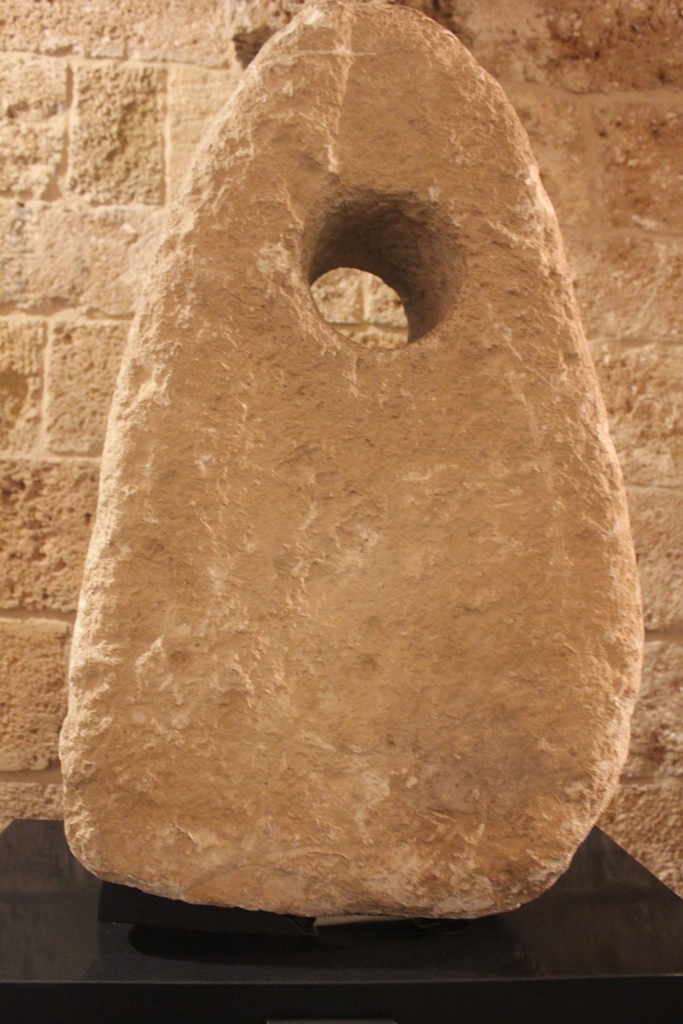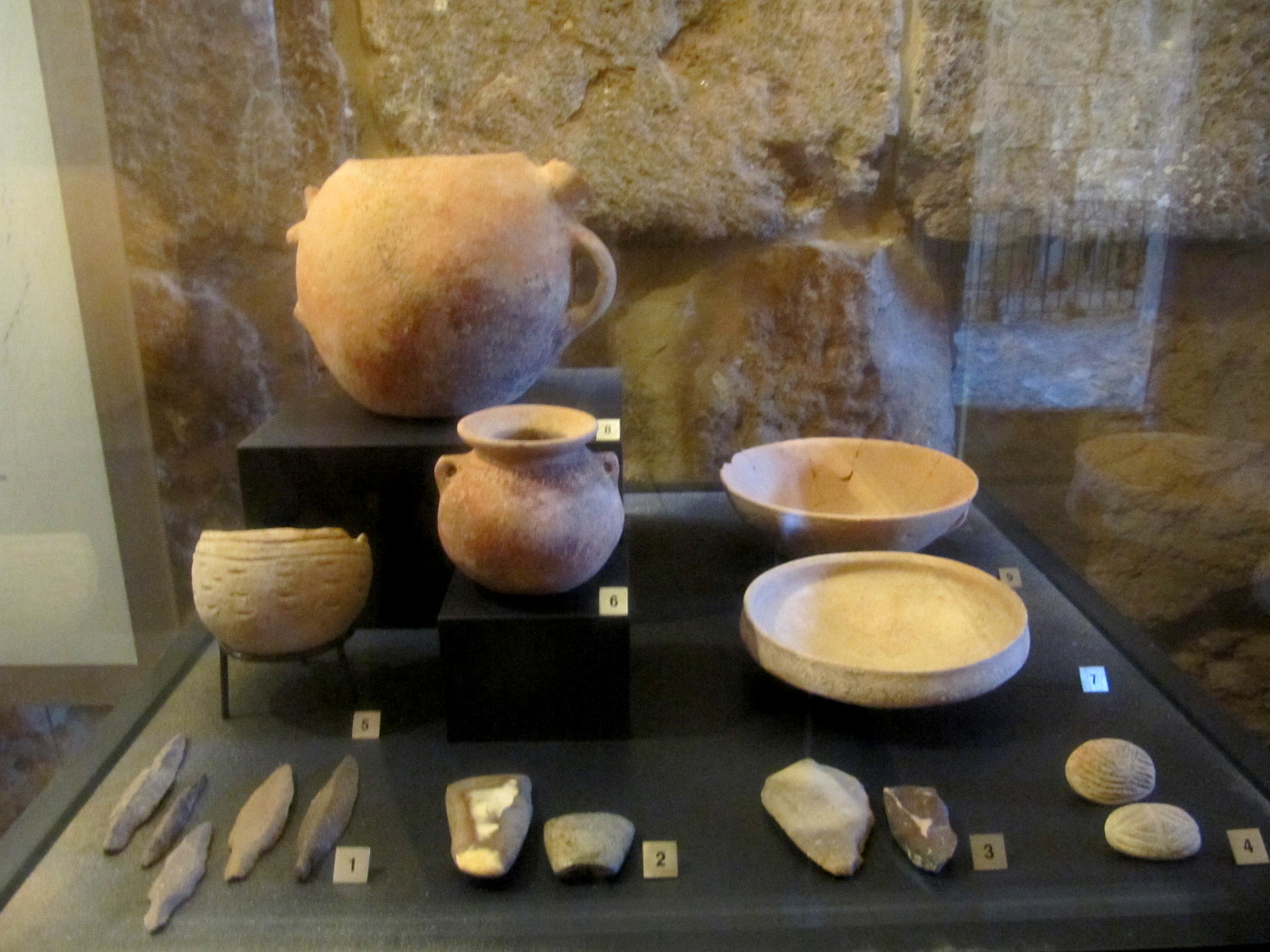Byblos Castle on:
[Wikipedia]
[Google]
[Amazon]
 Byblos Castle () is a Crusader castle in
Byblos Castle () is a Crusader castle in
 The castle was built by the
The castle was built by the

 The castle houses the Byblos site museum. It displays remains of the excavations undertaken on the site of the archeological preserve of Byblos, although the most important finds are displayed in the
The castle houses the Byblos site museum. It displays remains of the excavations undertaken on the site of the archeological preserve of Byblos, although the most important finds are displayed in the
 Byblos Castle () is a Crusader castle in
Byblos Castle () is a Crusader castle in Byblos
Byblos ( ; ), also known as Jebeil, Jbeil or Jubayl (, Lebanese Arabic, locally ), is an ancient city in the Keserwan-Jbeil Governorate of Lebanon. The area is believed to have been first settled between 8800 and 7000BC and continuously inhabited ...
, Lebanon
Lebanon, officially the Republic of Lebanon, is a country in the Levant region of West Asia. Situated at the crossroads of the Mediterranean Basin and the Arabian Peninsula, it is bordered by Syria to the north and east, Israel to the south ...
. In Crusader times it was known as the Castle of Gibelet , also spelled Giblet, which belonged to the Genoese Embriaco family
The Embriaco family were a prominent Genoese family, who played an important role in the history of the Crusader states. It also gave consuls, admirals and ambassadors to the Republic of Genoa.
The family ruled the city of Byblos (in present-d ...
, Lords of the city. It is adjacent to the Phoenician archaeological site containing the ruins of the Temple of Baalat Gebal and the Temple of the Obelisks.
History
 The castle was built by the
The castle was built by the Crusaders
The Crusades were a series of religious wars initiated, supported, and at times directed by the Papacy during the Middle Ages. The most prominent of these were the campaigns to the Holy Land aimed at reclaiming Jerusalem and its surrounding ...
in the 12th century from indigenous limestone and the remains of Roman structures. The finished structure was surrounded by a moat. It belonged to the Genoese Embriaco family
The Embriaco family were a prominent Genoese family, who played an important role in the history of the Crusader states. It also gave consuls, admirals and ambassadors to the Republic of Genoa.
The family ruled the city of Byblos (in present-d ...
, whose members were the Lords of Gibelet from 1100 to the late 13th century
The 13th century was the century which lasted from January 1, 1201 (represented by the Roman numerals MCCI) through December 31, 1300 (MCCC) in accordance with the Julian calendar.
The Mongol Empire was founded by Genghis Khan, which stretched ...
. Saladin
Salah ad-Din Yusuf ibn Ayyub ( – 4 March 1193), commonly known as Saladin, was the founder of the Ayyubid dynasty. Hailing from a Kurdish family, he was the first sultan of both Egypt and Syria. An important figure of the Third Crusade, h ...
captured the town and castle in 1188 and partially dismantled the walls in 1190. Later, the Crusaders recaptured Byblos and rebuilt the fortifications of the castle in 1197. In 1369, the castle had to fend off an attack from Cypriot vessels from Famagusta
Famagusta, also known by several other names, is a city located on the eastern coast of Cyprus. It is located east of the capital, Nicosia, and possesses the deepest harbour of the island. During the Middle Ages (especially under the maritime ...
.
The Byblos Castle has distinguished historical buildings for neighbors. Nearby stand a few Egyptian temples, the Phoenicia
Phoenicians were an Ancient Semitic-speaking peoples, ancient Semitic group of people who lived in the Phoenician city-states along a coastal strip in the Levant region of the eastern Mediterranean, primarily modern Lebanon and the Syria, Syrian ...
n royal necropolis
A necropolis (: necropolises, necropoles, necropoleis, necropoli) is a large, designed cemetery with elaborate tomb monuments. The name stems from the Ancient Greek ''nekropolis'' ().
The term usually implies a separate burial site at a distan ...
and the Roman amphitheatre
Roman amphitheatres are theatres — large, circular or oval open-air venues with tiered seating — built by the ancient Romans. They were used for events such as gladiator combats, ''venationes'' (animal slayings) and executions. About List of R ...
.
Description
The Crusader castle of Gibelet is "the finest example" (Boas) of a new 12th-century type, which mixes the ''castrum
''Castra'' () is a Latin language, Latin term used during the Roman Republic and Roman Empire for a military 'camp', and ''castrum'' () for a 'Fortification, fort'. Either could refer to a building or plot of land, used as a fortified milita ...
''-type with the '' turris''-type castle: a roughly square set of walls strengthened by corner towers, built around a central donjon
A keep is a type of fortified tower built within castles during the Middle Ages by European nobility. Scholars have debated the scope of the word ''keep'', but usually consider it to refer to large towers in castles that were fortified residenc ...
, thus forming two layers of defense.
Byblos Site Museum

 The castle houses the Byblos site museum. It displays remains of the excavations undertaken on the site of the archeological preserve of Byblos, although the most important finds are displayed in the
The castle houses the Byblos site museum. It displays remains of the excavations undertaken on the site of the archeological preserve of Byblos, although the most important finds are displayed in the National Museum of Beirut
The National Museum of Beirut (, ''Matḥaf Bayrūt al-waṭanī'') is the principal museum of archaeology in Lebanon. The collection begun after World War I, and the museum was officially opened in 1942. The museum has collections totaling about ...
. Moreover, the history of Byblos from prehistory to the medieval periods, is illustrated with thematic panels.
See also
* Temple of Baalat GebalFurther reading
*References
External links
* * * * {{coord, 34.12, N, 35.6464, E, source:kolossus-dewiki, display=title Buildings and structures completed in the 12th century Castles in Lebanon Crusader castles Tourist attractions in Lebanon Byblos Archaeological museums in Lebanon Museums of the ancient Near East in Lebanon History of Byblos